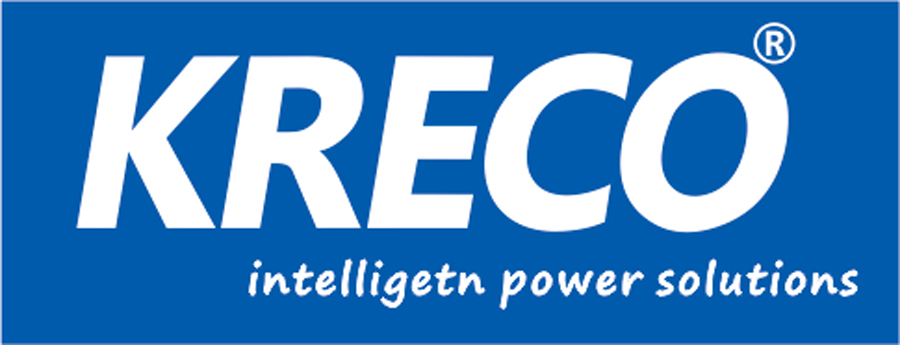1, pulse width modulation, referred to as PWM, namely, pulse width modulation.
The characteristic switching period is a constant value, and the duty cycle is changed by adjusting the pulse width to achieve voltage stabilization.Its core type PWM controller.Pulse width modulation switching power supply is the most common application, its duty cycle adjustment range is large, PWM and the main system clock can be kept in sync.
2, pulse frequency modulation, referred to as PFM, namely pulse frequency modulation.
Its characteristic is that the pulse width is a constant value, and the duty cycle is changed by adjusting the switching frequency to achieve the purpose of voltage stabilization.Its core is PFM controller.Pulse frequency modulated switching power supply is especially suitable for portable equipment, it can reduce the static current of control chip under the condition of low duty cycle and low frequency.
3. Mixed modulation.
It's a combination of the essay and the essay.Switching period and pulse width are not fixed, are adjustable.It contains PWM controller and PFM controller.
4. Pulse density modulation, referred to as PDM, namely pulse density modulation.
Its characteristic is that the pulse width is a constant value.It adopts zero voltage technology, which can reduce the loss of power switch tube significantly.
The above four working methods are collectively referred to as "time ratio control" (TRC), among which PWM controller is the most widely used.
It should be pointed out that the PWM controller can be used as an independent integrated circuit, and can also be integrated in the switching regulator or the single-chip switching power supply.Among them, the switching voltage stabilizer belongs to DC/DC converter, and the switching power supply is generally AC/DC converter.

SUKI
2020-3-05
声明: Disclaimer: This article comes from individual, KRECO has the right of final interpretation.


















.jpg)
